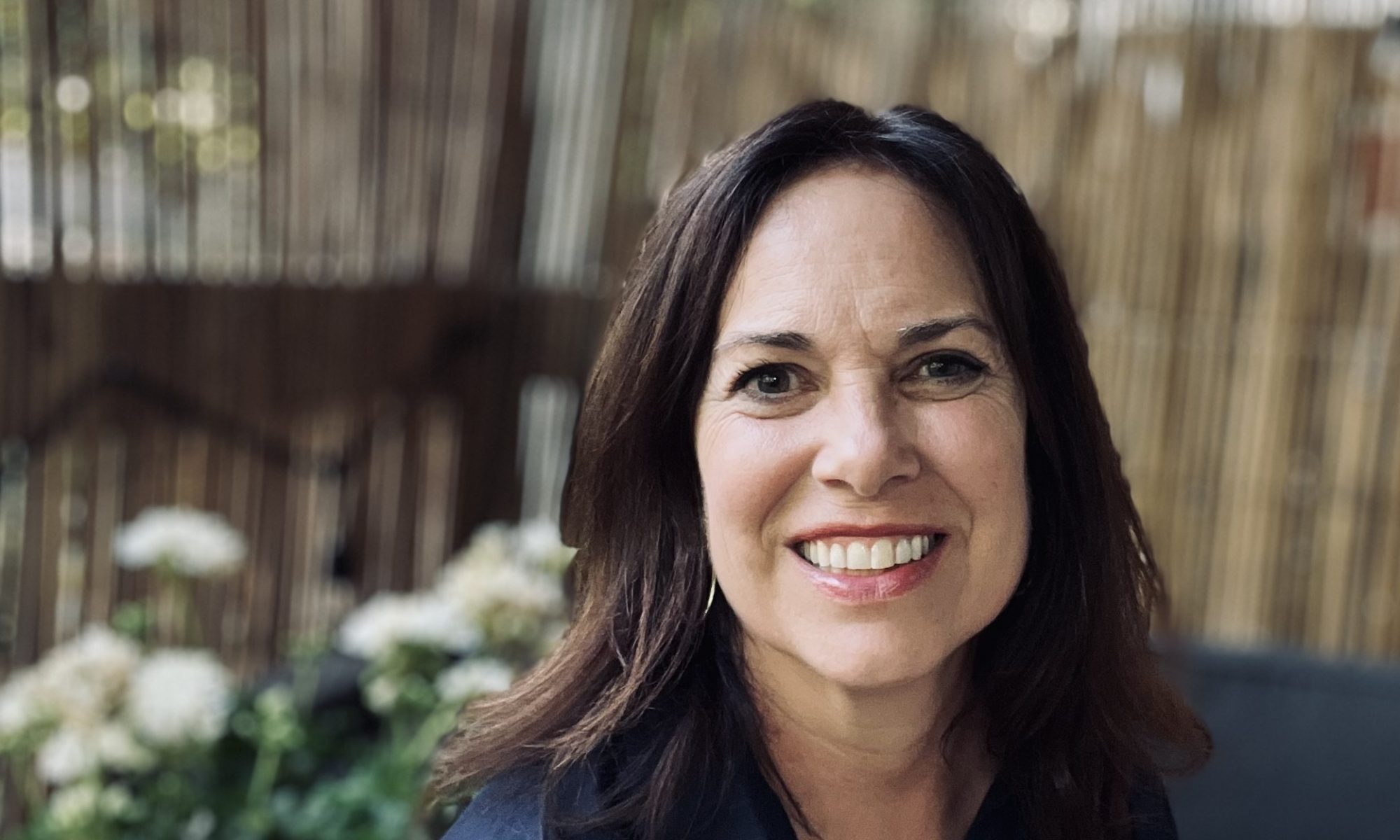
Recently, I was about to open a package of rice when I noticed the labeling and the clever turn of phrase: “More crop per drop”.
This was in Vermont, where I was attending the Vermont Law School as a summer media fellow at the Environmental Law Center. I was taking a class that examined issues at the intersection of land use, resource managment, food policy, population and climate change. The course, “Feeding a Hot, Hungry Planet”, touched on how agriculture contributes to climate change by increasing greenhouse gas emissions. I was a bit astounded when I learned about the huge greenhouse gas emissions — methane — that are associated with rice production.
A few days after I returned to Maryland, I met with ag researcher Lewis Ziska who explained that the “more crop per drop” claim may not be all it’s cracked up to be. The huge yields of rice grown with that methodology are still unproven, he said. Still, water management is critical to the future of rice under climate change conditions and reduces methane.
Inspiration in those grains of pink Madagascar rice from my pantry resulted in this story published this week in The Guardian’s Sustainable Business blog.
